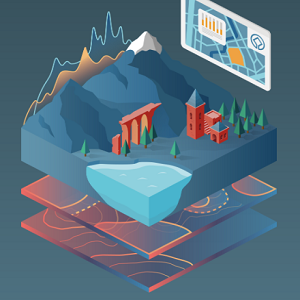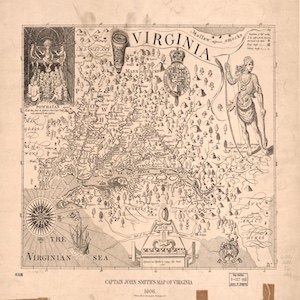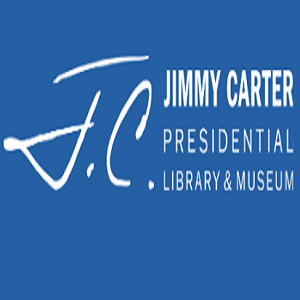Browse
Transportation

Review
Teaching Central America
Teaching Central America provides educational materials for K-12 educators with the goal of centering Central American history and culture in primary and secondary classrooms.
Review
Archives Portal Europe
This website presents records from dozens of countries, in over 20 languages, and from around 7000 diverse archival institutions total including the national archives of dozens of countries and other smaller institutions.
Review
National WWI Museum and Memorial
Due to the immense amount of resources, we advise educators to enter the databases with an idea of what they want rather than attempting to browse.
Review
World Heritage Site Map
The most well-known part of their work is the naming and administration of World Heritage Sites.
Review
African Studies Center
The Center hosts or links to resources on just about every African topic an educator might want to focus on in the classroom.
Review
New Netherland Institute
Due to New Netherland’s intersection across several themes such as globalism, Indigenous contact, enslavement history, transatlantic trade, imperialism, religion, it may be a useful case study for educators wishing to teach students about 17th-century Europea
Review
Harry S. Truman Library and Museum
Among the student resources, teacher resources, and source databases, users will have access to materials with which they can discuss practically everything that happened in the world during Truman’s life (1883-1973) and even some things outside that time fram
Review

